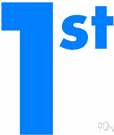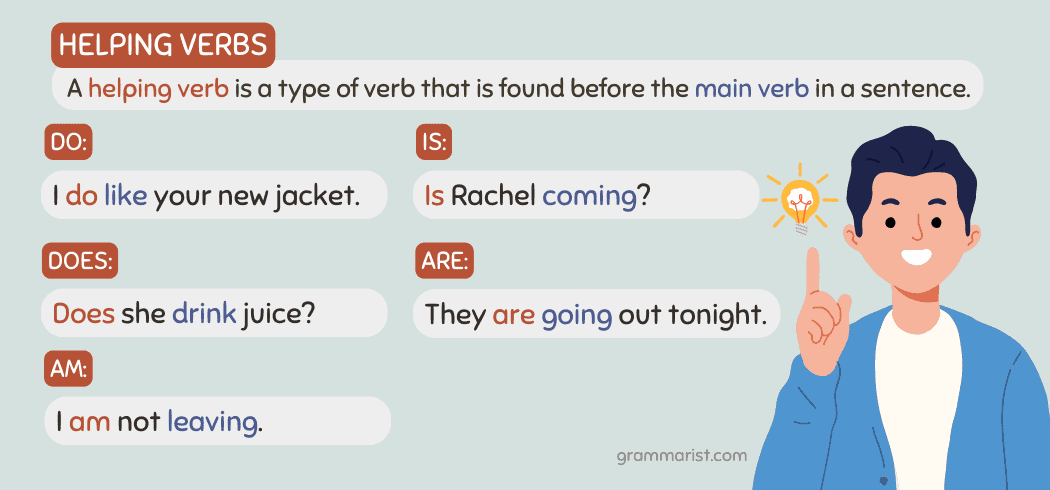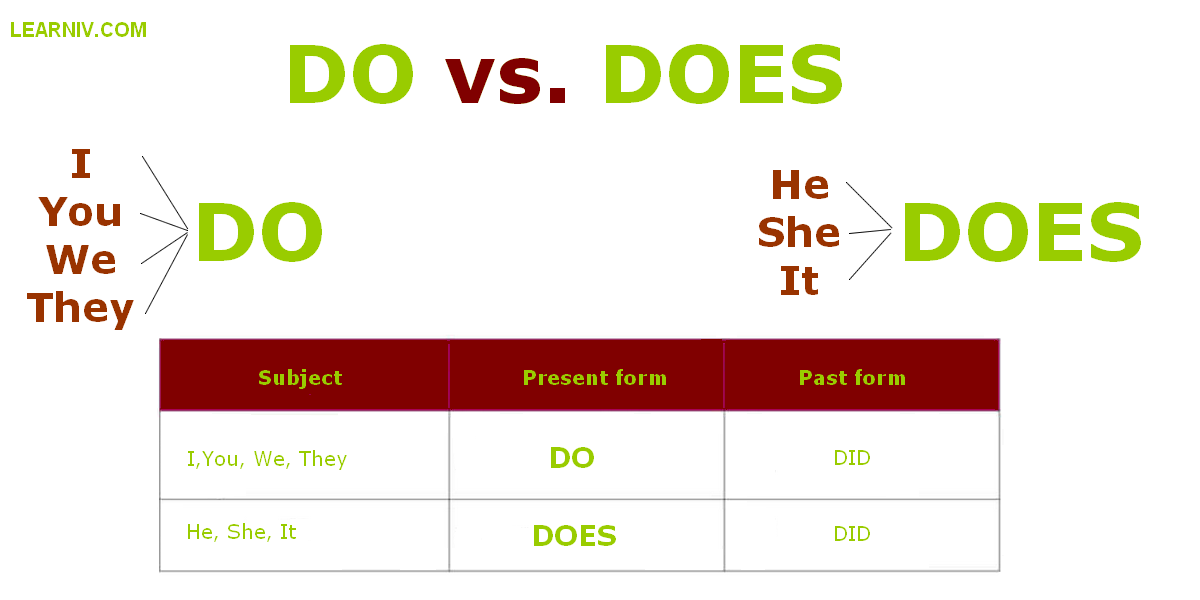Understanding the True Cost of a Gallon of Automotive Paint: What to Expect and How to Buy
Introduction: Why the Cost of Automotive Paint Matters
Repainting your vehicle or touching up its finish can dramatically improve appearance, extend longevity, and even boost resale value. But before you start, it’s essential to understand how much a gallon of automotive paint costs, what affects that price, and how to make an informed purchase. This guide provides a detailed look at current pricing, factors that determine costs, and step-by-step advice for buyers.
How Much Does a Gallon of Automotive Paint Typically Cost?
Automotive paint prices can vary widely depending on type, quality, color, and where you purchase it. Entry-level acrylic enamel gallon kits are frequently available in the $185-$195 range for standard colors, as seen on reputable specialty retailers [2] . Basic single-stage paints may be as low as $200 per gallon, while higher-end base coat/clear coat systems can cost $450 or more. For OEM-select or specialty paint systems, the price can rise to $650 or higher per gallon, especially for custom or elaborate colors [1] .
Premium or professional-grade paints, such as those used in high-quality shop jobs, can fetch several hundred dollars per gallon. In some cases, especially for unique finishes (metallic, pearlescent), prices can exceed $500-$700 per gallon [3] .
It’s critical to note that these prices typically include only the paint itself, not the required primer, clear coat, or any labor associated with application.
Factors Influencing the Price of Automotive Paint
Several variables can affect the price of a gallon of automotive paint. Understanding these can help you budget appropriately and avoid surprises:
- Paint Type: Acrylic enamel is generally less expensive, while base coat/clear coat systems and urethane paints cost more due to their superior finish and durability [2] .
- Color and Finish: Standard solid colors tend to be cheaper. Metallic, pearlescent, or custom colors require extra pigments and specialized application, leading to higher costs [3] .
- Quality: Higher-quality paints provide better coverage, longevity, and color match but come with a premium price tag. Professional-grade or OEM-matched paints are more expensive than generic or basic options [1] .
- Quantity: Larger vehicles require more paint. While a compact car may only need a single gallon, SUVs and trucks could need 1.5 gallons or more, affecting total costs [3] .
- Supplier and Brand: Established brands and specialty retailers may charge more for guaranteed color matching, higher quality, or added customer support.
Step-by-Step Guide to Buying Automotive Paint
To purchase the right automotive paint for your project, follow these steps:
- Determine the Paint Type You Need: Assess whether you need single-stage or two-stage paint (base coat and clear coat), and decide if acrylic enamel, urethane, or another formulation is best. Single-stage paints are generally easier for DIY projects, while two-stage systems offer a more durable and glossy finish.
- Estimate Quantity Required: Most compact cars need about one gallon for full coverage, but always check your vehicle’s size and consider extra for mistakes or future touch-ups [3] .
- Choose the Right Color: If you want an exact match to your vehicle’s original color, locate your car’s paint code (found on a sticker inside the door or under the hood). Many suppliers offer OEM color matching [4] .
- Find a Reputable Supplier: For verified, quality products, use established retailers. For example, autopainthq.com and AutomotiveTouchup.com both provide a wide range of options and clear pricing [2] , [4] .
- Verify What’s Included: Many kits include reducer, hardener, and sometimes a clear coat, but check the listing closely. If these are not included, you’ll need to purchase them separately.
- Compare and Review: Read reviews and compare products for ease of application, coverage, and durability.
- Budget for Additional Supplies: Don’t forget to account for primer, clear coat, sandpaper, masking tape, and safety gear. These are essential for a successful result.
DIY vs. Professional Application: What to Know
Applying automotive paint is a complex process that can be done at home or by professionals. DIY painting can save substantial money, but requires time, skill, and equipment. Professional-quality finishes are usually more expensive due to labor, prep work, and materials. For example, a full professional paint job can cost $5,000-$10,000 or more, with much of that cost going toward labor and prep rather than just materials [3] .
If you plan to paint your car yourself, research the process thoroughly and consider starting with a smaller project to build experience. Many online tutorials and supplier guides are available to help you learn proper techniques.
Real-World Examples of Automotive Paint Pricing
To illustrate current market prices, here are several examples of automotive paint kits available from established retailers:
- High Gloss Acrylic Enamel Gallon Kit in standard colors: $184.95-$194.95 per gallon [2] .
- GM Fleet White Single Stage Paint: Approximately $200 per gallon [1] .
- Base Coat/Clear Coat Formula: Around $450 per gallon [1] .
- OEM Select Base Coat/Clear Coat System: $650+ per gallon for specialty or premium colors [1] .
Prices may fluctuate based on market conditions, color choice, and supplier promotions. Always confirm the current cost and availability before purchasing.
Alternatives and Money-Saving Tips
For budget-conscious buyers, consider the following tips:
- Look for complete kits that include paint, reducer, and hardener – often cheaper than buying separately.
- Explore generic colors or standard finishes if custom colors are not necessary.
- Purchase from reputable online retailers with transparent return policies and customer support.
- Check local automotive supply stores for discounts, clearance items, or overstock sales.
- Consult with local body shops for advice on suppliers, as some may offer direct sales or recommendations.
Always verify what is included in any advertised price. If a kit does not include necessary additives or clear coat, factor those additional costs into your budget.
How to Access and Purchase Automotive Paint
To purchase automotive paint, you have several options:

Source: pinterest.com
- Online Specialty Retailers: Websites such as autopainthq.com and automotivetouchup.com are reputable sources for a wide range of colors and paint types. You can browse options, compare prices, and order directly online [2] , [4] .
- Local Automotive Paint Stores: Many cities have specialty shops that sell automotive paint by the gallon. Visit these stores to see products in person and consult with knowledgeable staff.
- Auto Body Supply Outlets: These suppliers often cater to both professionals and hobbyists and may offer competitive pricing for bulk purchases.
- National Chains: Large auto parts retailers may carry some automotive paints, though their selection can be limited compared to specialty suppliers.
Before purchasing, always double-check the supplier’s policies regarding returns, exchanges, and color matching. If you are seeking an exact color, provide your car’s paint code or VIN to ensure a precise match.
Potential Challenges and Solutions
Common challenges include incorrect color matching, incomplete kits, or lack of experience with paint application. To address these:
- Confirm your vehicle’s paint code before ordering.
- Read all product details to ensure the kit includes everything needed.
- Review online tutorials or consider consulting a local professional for guidance.
If you have questions about color selection or application methods, most reputable suppliers offer customer support via phone or email. You can also search for local auto body professionals or community forums for advice and troubleshooting tips.
Summary: Making an Informed Purchase
While the cost of a gallon of automotive paint can range from $185 for standard acrylic enamel kits to $650 or more for high-end or specialty options, your actual expense will depend on the type, color, and supplier you choose. Always factor in the cost of additional materials and consider whether DIY or professional application best suits your budget and skill level. By following step-by-step guidance and using reputable suppliers, you can achieve professional results and maximize the value of your investment.

Source: supersybon.com



